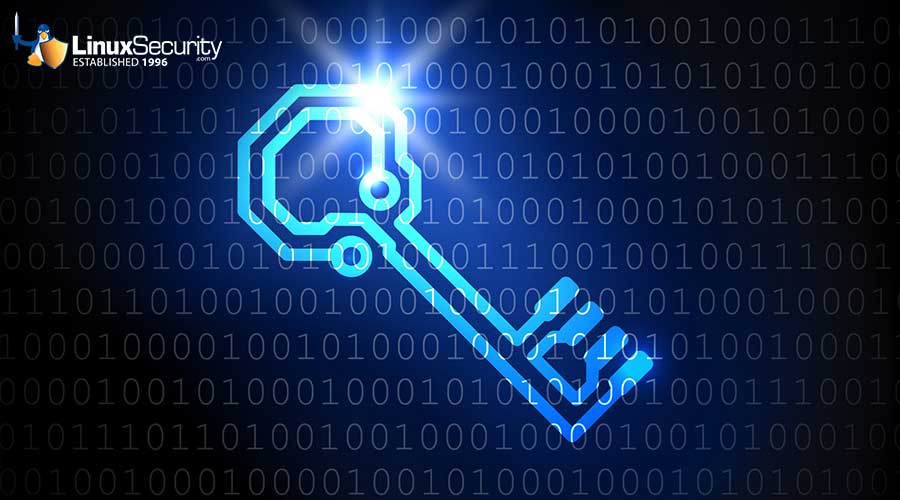Services from a SecurityPoint of View
Which services are safe to allow through your firewall, which are not safe, and which ones do you do need to keep an eye on? When a new service becomes popular, or when you want to give your network clients a new Internet-based tool, what do you look for when you evaluate the service?
Complex services are easier to exploit than simple services. The Echo service, for example, simply transmits back to the client whatever the client sends to it. The Echo service is useful for debugging and for network connectivity testing, but it is difficult to see how the Echo service could be exploited to gain control of the computer running the service. Since the Echo service accepts data from theclient, however, it must be programmed to correctly handle being fed too much data at once.
The link for this article located at LinuxExposed is no longer available.
























